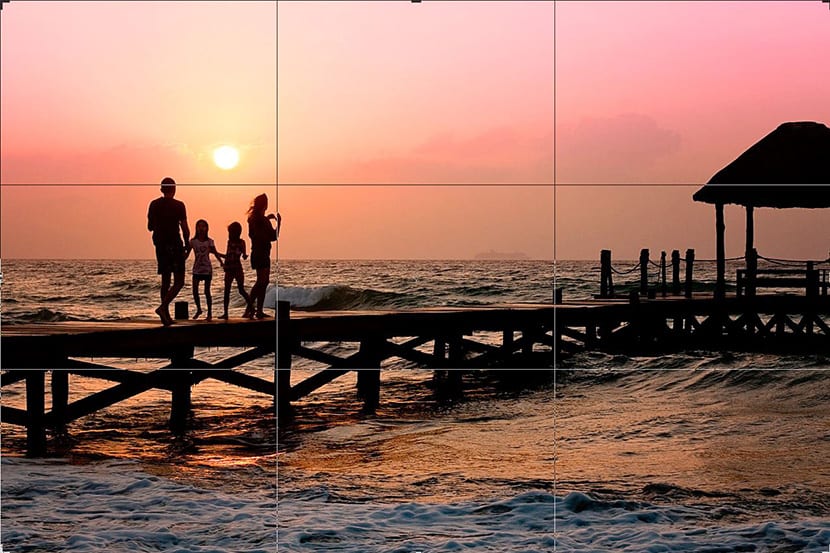
It should not be confused with the rule of thirds for things related to the world of diving, and the same term, but focused on the military organization. Here we are going to the central point of this blog, related to design and everything that has to do with the world of art in all its breadth; We even play with programming languages, programs, and different ways to give greater identity to being a creative.
The rule of thirds just like we met a few days ago with the Golden Ratio and using a ruler to find the most "beautiful" ratio for the viewer's eyes is a guide that applies to the process of composing visual images, such as designs, films, paintings and photographs. In this way, we will be able to have a base on which to position the different elements so that they are placed wisely through those lines and their intersections.
The rule of thirds
Anyone who defends this rule of thirds, often refers to it as a great way to align a subject to those points that are capable of creating more tension, energy and interest in composition than that of focusing the focus on the subject.

Una photography serves as the best example to quickly express the beginning of this rule. We have a sunset in the image with a tree that would be the main subject of the photograph, but that is left a little to the right to achieve a composition of greater harmony, than if it were in the very center of the capture.
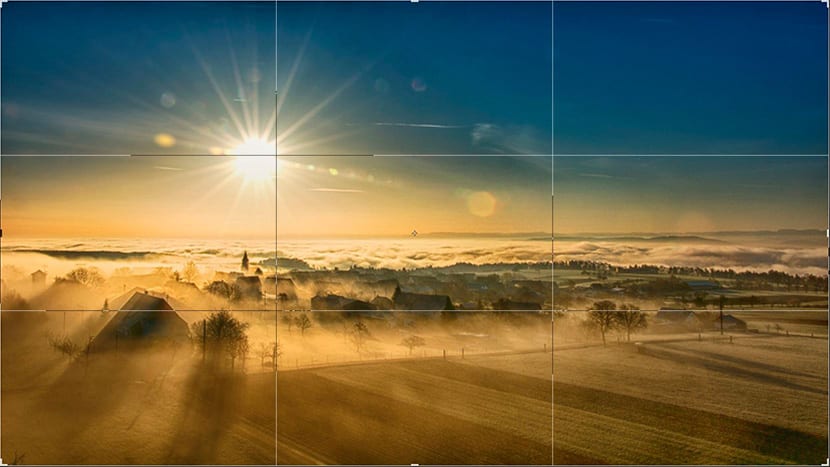
El horizon sits on the horizontal line dividing the lower third of the photograph from the two upper parts. The tree is based on the interest of the two lines, which could be called the point of interest of the image. Although it must be said that this point should not touch any of those lines to take advantage of the rule of thirds.
Another detail is the brightest part of the sky near the horizon, where the sun is about to set, but does not go directly to one of those lines, although it falls close to the intersection of two of the lines, enough so that we can talk about this rule and understand it better visually.
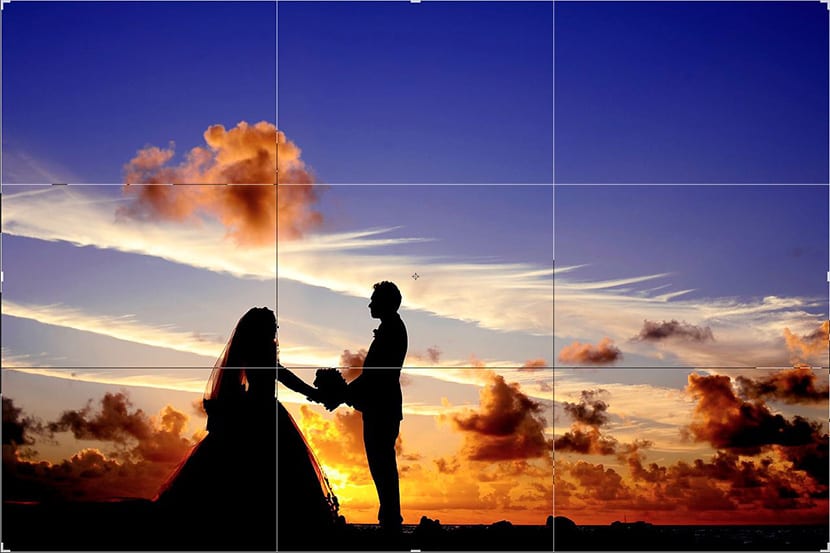
We can say that this rule ensures that we understand a better way to compose a visual image. Instead of focusing on the subject, leave it a little aside, so that the rest of the elements take a slight role and are able to harmonize in such a way that the capture or design takes on greater integrity. Panoramic landscape photos exemplify this best when we use the three-thirds rule.
You just have to look at most of the smartphone camera apps, to realize that we allow to put the three-thirds grid in order to have a guide to make things easier for us when taking photos.
Some details to take into account when composing
Another key point is align the subject on the guide lines and at their intersection points, to leave the horizon at the top or at the bottom line. We leave either two-thirds for the sky, or one-third for the sky when we compose a panoramic image of a landscape.
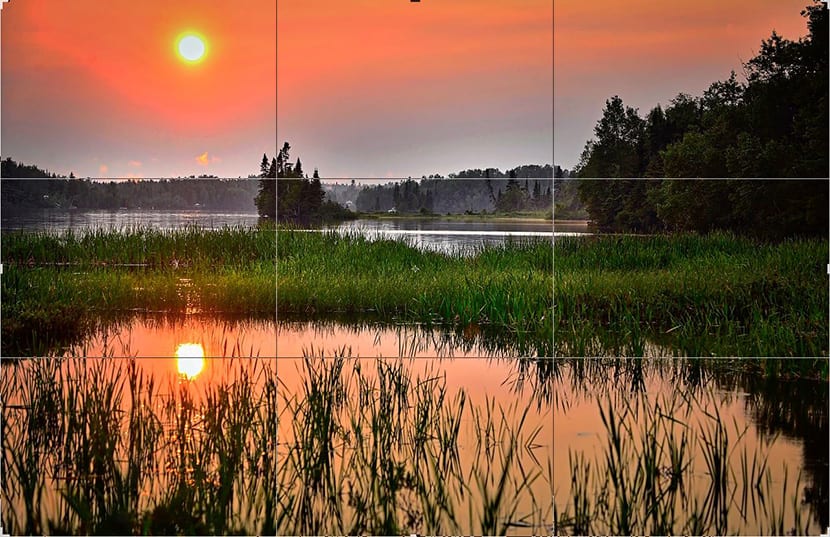
The main reason for the existence of the rule of thirds is remove the subject from the center, or prevent the horizon from dividing the image in two equally. With this in mind, we can quickly get better at this rule and apply it in endless jobs for everything to do with design, art, photography and more. Also, taking this rule into account, we can look at the cinematographic shots of many films that take thirds into account in another way.
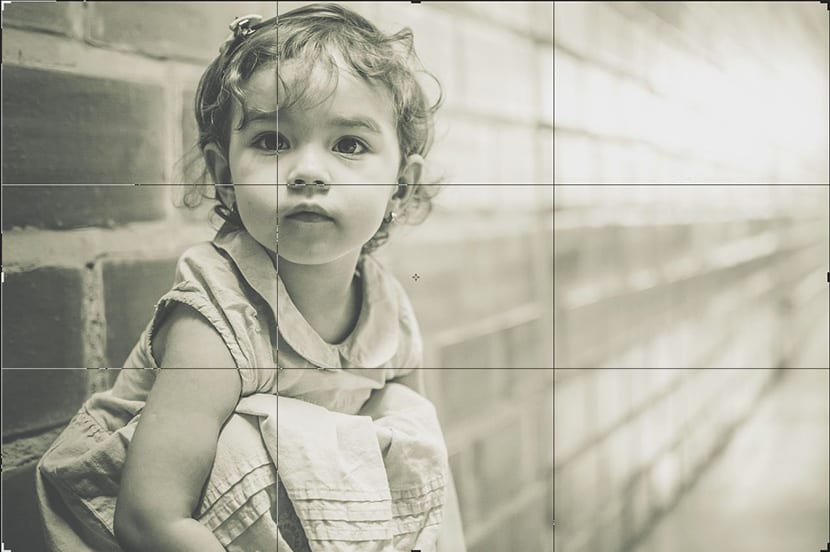
If we are in the case that we are photographing a person, the common is to align the upper part of the body to the vertical line and the person's eyes to a horizontal line.
What is the history of the rule of thirds?
Our we have to go to 1797 to meet John Thomas Smith. In his book "Remarks on Rural Scenery", this man quotes a work by Sir Joshua Reynolds, in which he discusses some new terms that have to do with the dark light in a painting. It is here that Smith begins with the idea of the rule of thirds so that today it is common in many types of jobs.

We could move on to philosophy by entering the words spoken by Reynolds in which talks about two different and the same lights that should never appear in the same image. What should be is a main and the rest "subordinate", both in dimension and degree. Unequal parts and their gradations easily direct attention from part to part, while parts of the same appearance are suspended in a strange way.
Some ideas that began to conceive the rule of thirds and that they are magnificently used by many artists. A basic concept for art and one that must be endowed unceremoniously so that our works take on another meaning, rather than going towards the random or the creative that may arise from our art.
Practice makes mastery
Following this basis for the rule of thirds, we can easily accommodate it in our day to day to realize that the photographs that we take, they begin to enlarge in meaning and are able to lend themselves to showing the harmony that may exist in that scene that we take. Little by little we will establish it without almost realizing that we are using this rule in most of the works, especially when we want to leave the subject in the background and let the other elements be able to give it more meaning.

It will seem silly at first, but in the long run we will understand better the philosophical and harmonious basis existing in this rule. We could understand too that the rules are made to be brokenBut be that as it may, the truth is that there are numerous artists who show us with their art that this is not the case. We can always give ourselves the freedom to create freely, but these lines can help us in certain moments to get a glimpse of that idea that we needed for the final composition. They are tools, at the end of the day, that we have in our hand to be able to solve all kinds of problems, and, above all, when the most creative of our art does not come to our aid.
The rule of thirds in photography
Due to the great power that we have in our hands with the majority of smartphones that swarm in the market, this basic rule stands as a main one for capturing beautiful images. In panoramic photographs, the normal thing is to position the horizon in the middle of the composition, as we have said before in the mistake that many often make. What you have to do is place the horizon on one of the two horizontal lines. Another aspect to take into account is to include an object that can take center stage in the photo. It could be a tree on top to put it on the rule of thirds.
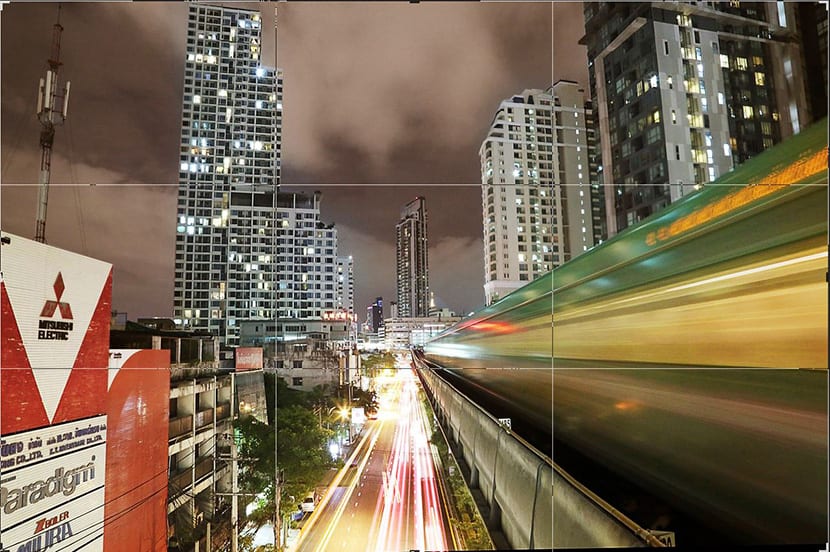
We have already said that people must be placed outside one of the sides of the frame. This opens up that wider space and shows the subject's environment, which makes the image one of greater beauty if we know how to apply this rule well. In a portrait, it would be the horizontal line of the eyes of the person portrayed that should be placed on one of the two lines of the ruler.
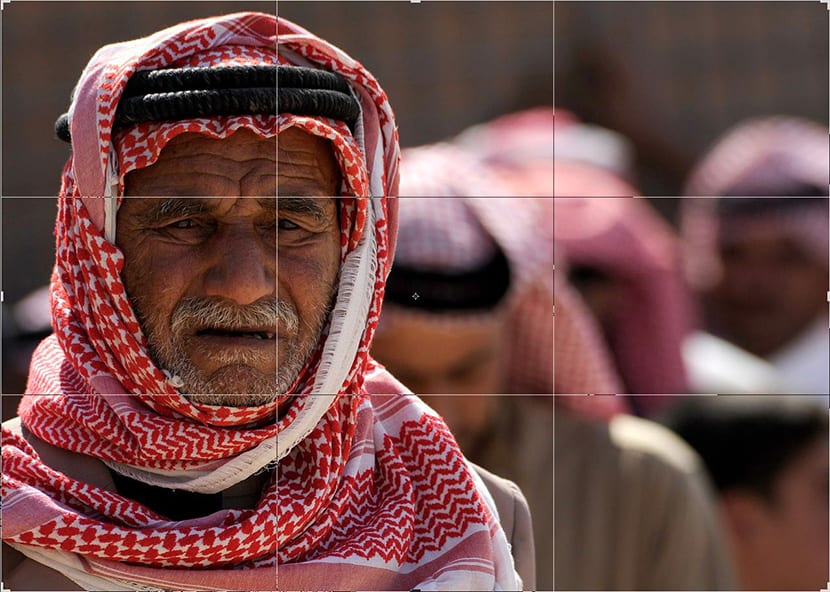
Another trick for photography is if we are looking at a very elongated object that could divide the image in two, it is better move it a little to one of the sides so that it does not step on any of the lines vertical and leave, once again, that open space that makes photography "breathe."
In photos with moving subjects, you have to look closely at where they are moving, to leave that open space that is capable of drawing the path that it will take accordingly and without abruptness.

And always, we will have in the editing programs the ability to crop the image to meet the rule of thirds without major problems. Some of the most popular programs, such as Adobe Photoshop and Lightroom, have the necessary cropping tools to perfectly position the subject based on everything said above and reflect that line base well.
Remember that this rule will always apply to any situation, even breaking it wisely and creatively, can result in a provocative photograph that gives other senses different from what they would be if we used the rule of thirds.
Whenever I see an interesting article on composition, like this one, the examples fail me ... Which leads me to wonder whether or not you understand the rule you explain ...
Good article! Not so much the examples!